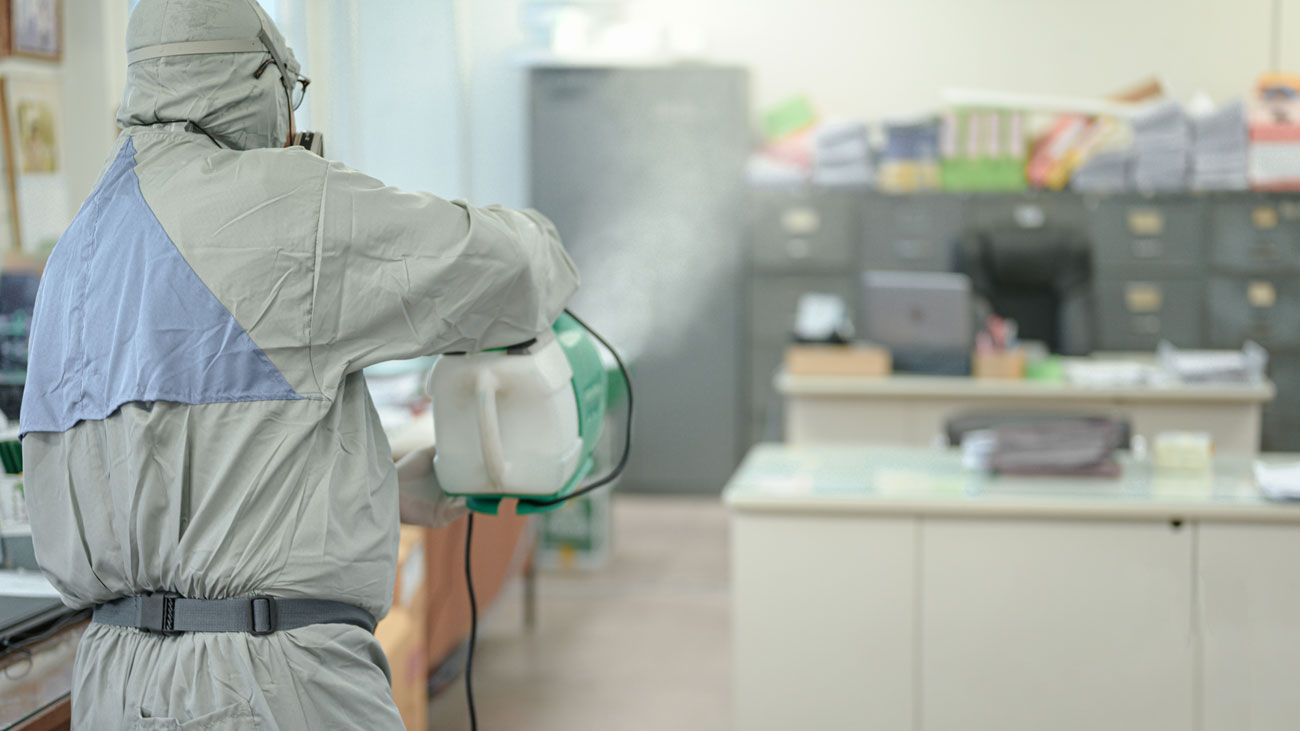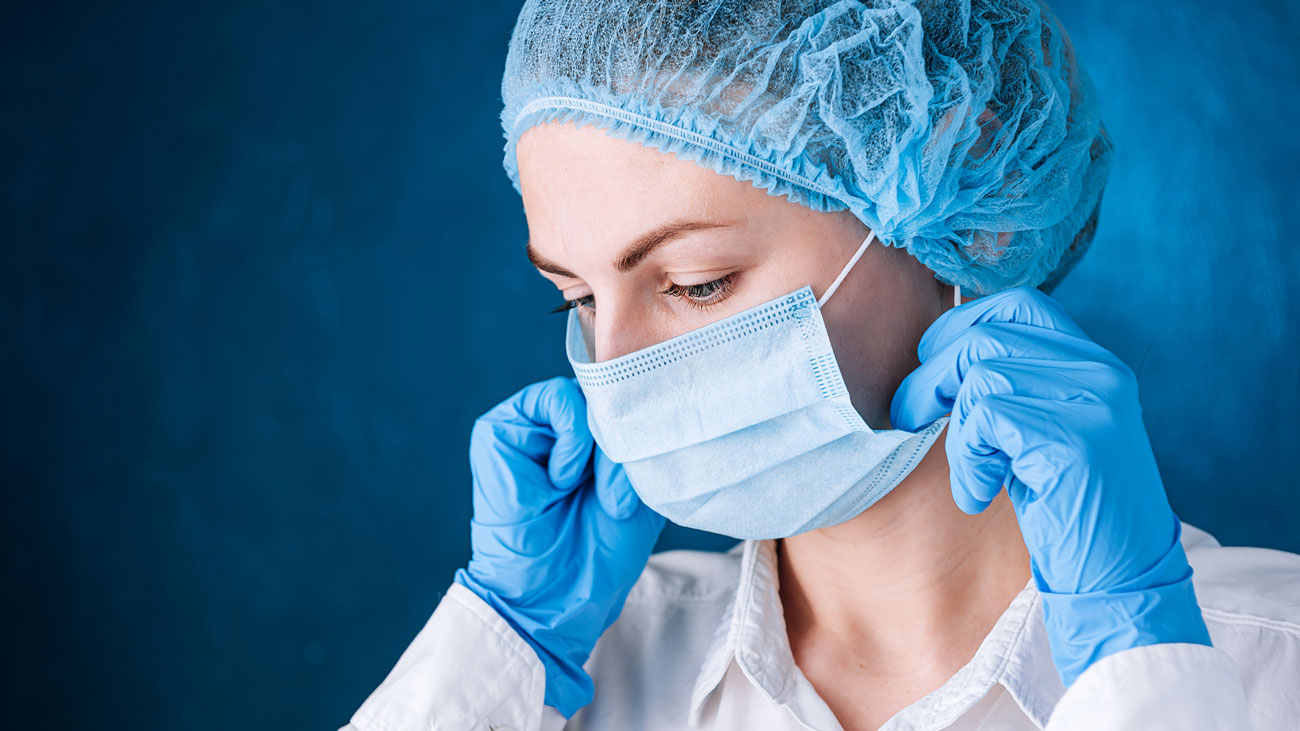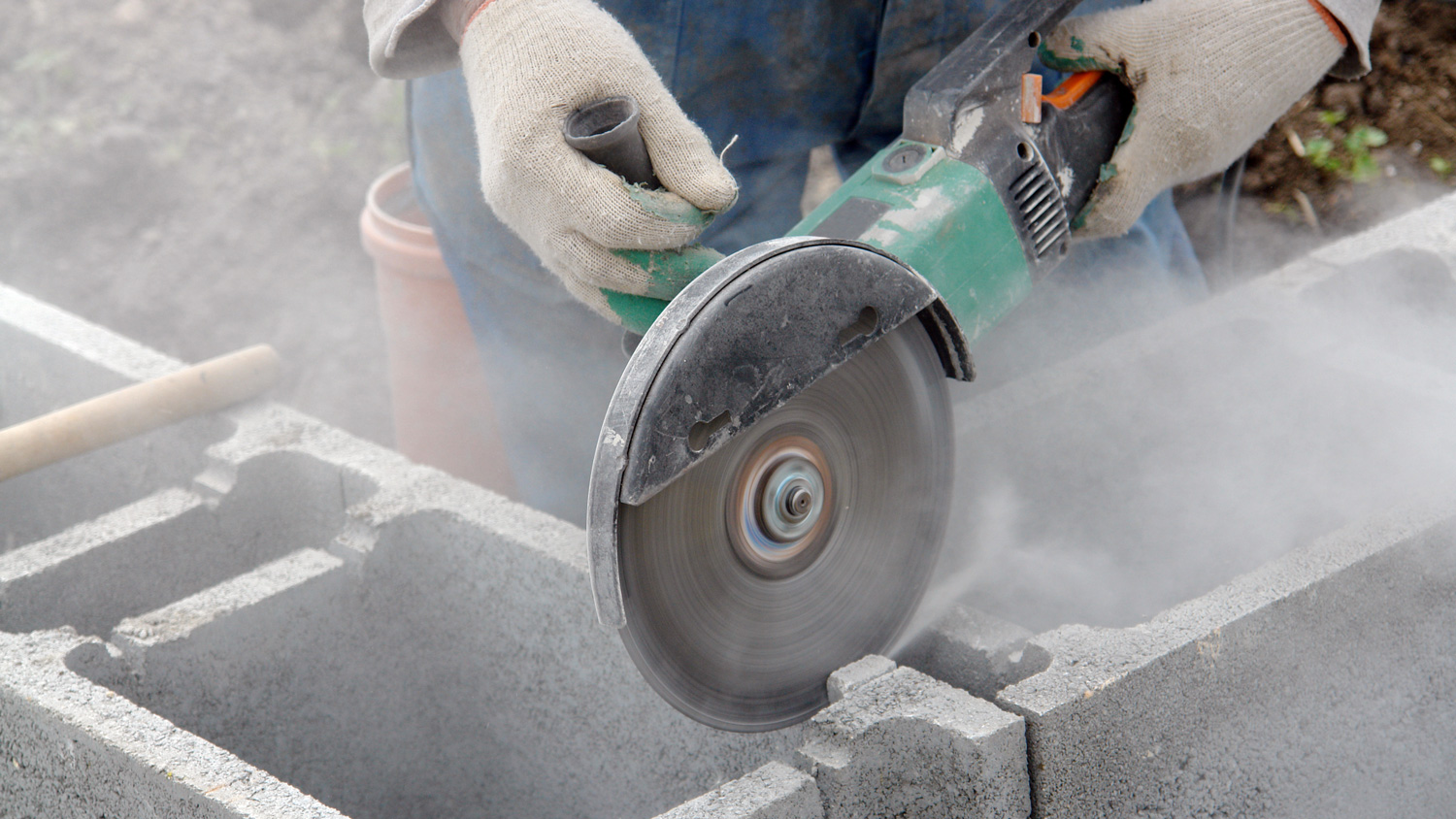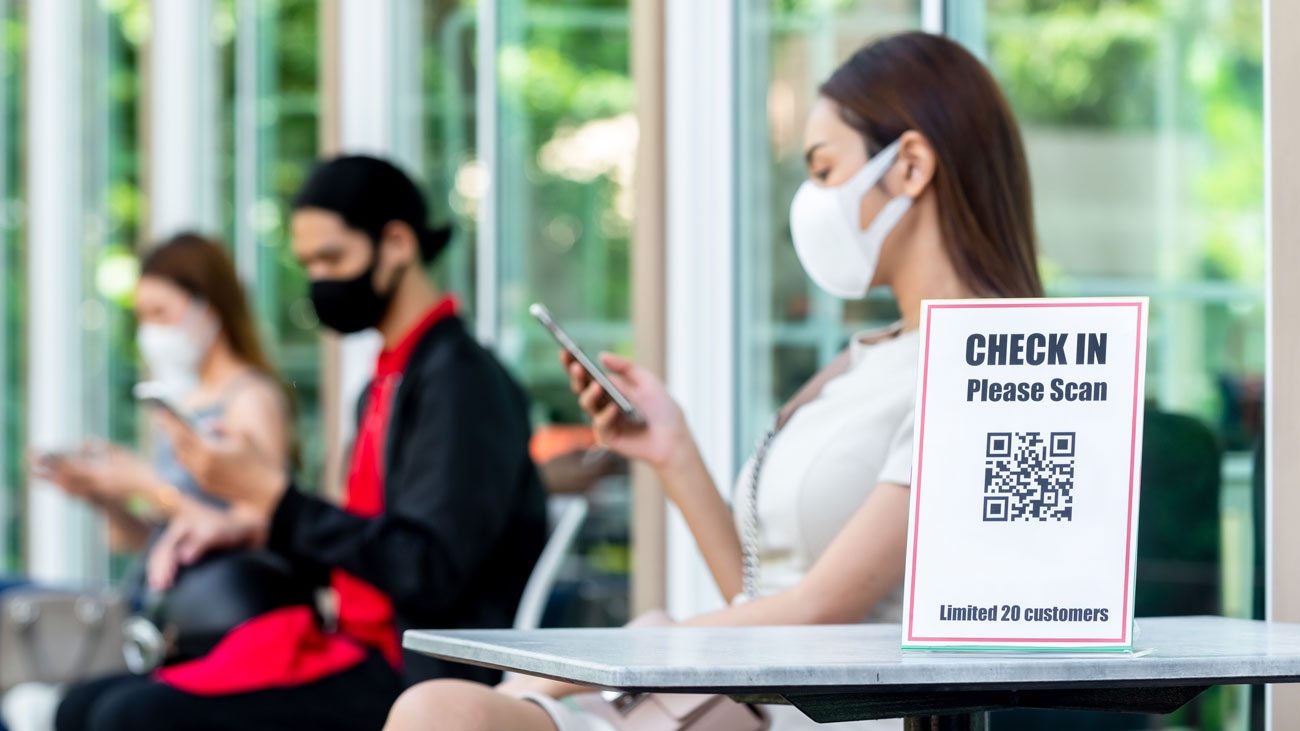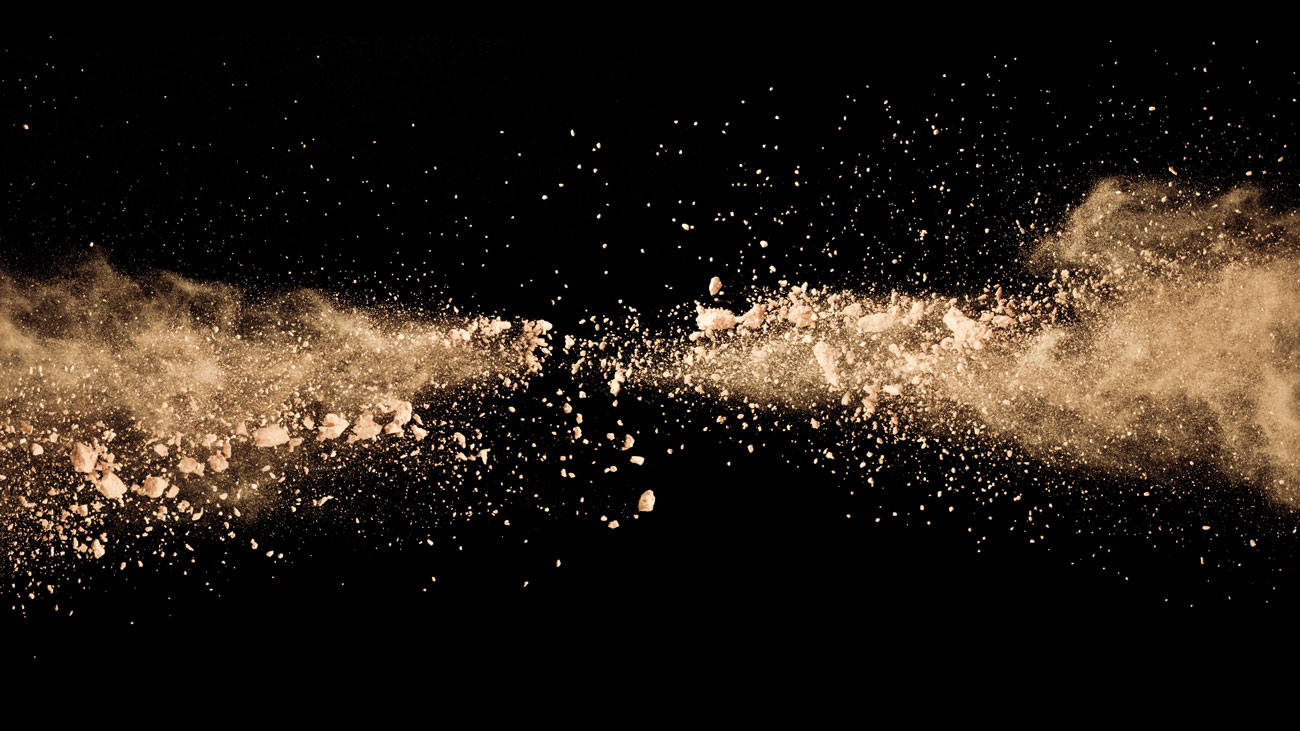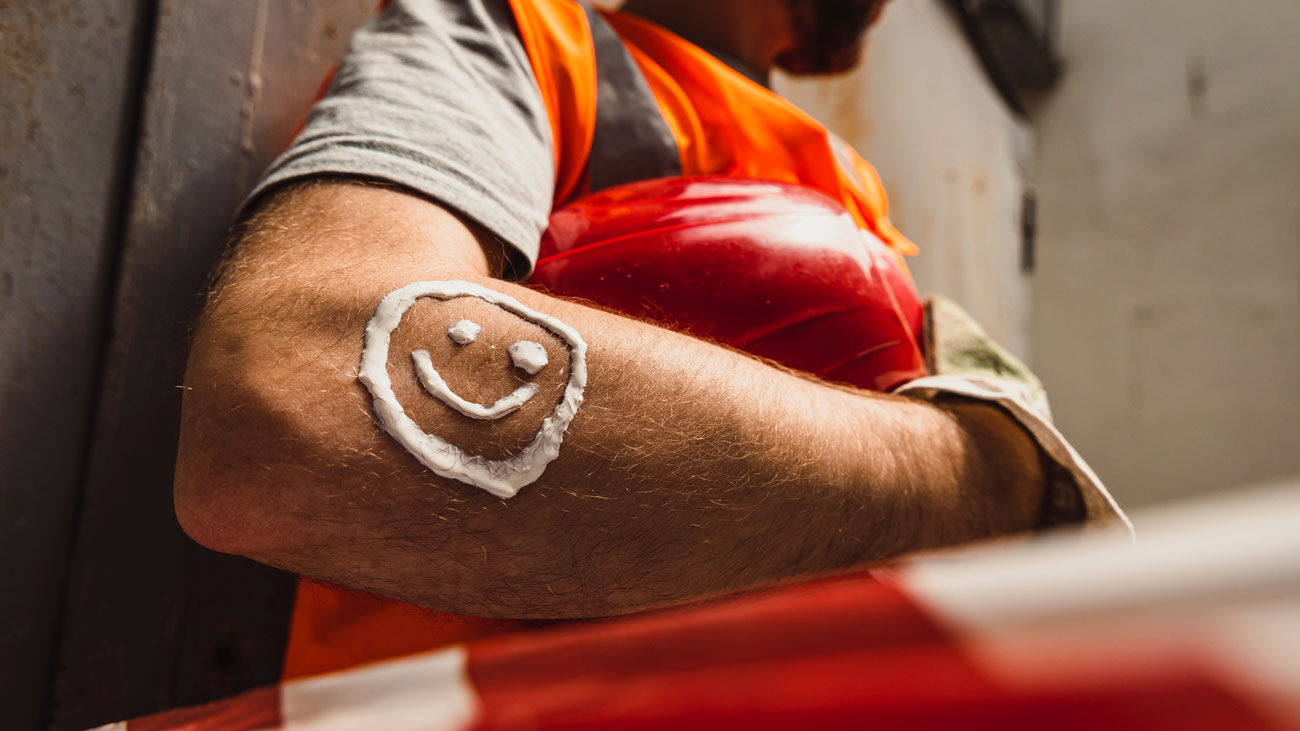
Skin: protecting the body’s largest organ at work
During the summer months, we are more conscious of protecting our skin from the sun if working outdoors. However, reports Claire Deacon, Health and Safety Trainer with International Workplace, there are many dangers to the skin in the workplace that need protection all year round.
The skin is the largest organ in the body, and has to work very hard to keep us healthy. Doctors and nurses are trained to check the skin first, looking for signs and symptoms of disease.
The skin works in the following ways to keep us healthy:
- Protection: it is the barrier between our internal structures and the environment we live and work in.
- Sensation: the nerve endings in the skin react to hot and cold, pressure and pain.
- Heat regulation: we have our own air conditioner – we perspire when hot or shiver when cold, we lose water when perspiring which cools us down. The blood vessels you can see under your skin dilate when it is hot to cool us, or ‘shrink’ to keep the warmth in.
- Absorption and excretion: perspiration includes waste material we don't need, and we absorb what is added to our skin in creams, chemicals and medicines.
We know that age affects the skin, which becomes more fragile and easily damaged as we grow older. The protective aspects also reduce as we age.
The skin at work
What do we need to know about keeping the skin healthy at work? The modern working environment can be very difficult, and risks hard to recognise. There are new types of industries, chemicals and technology being developed daily, each with its own risks, hazards and health effects. So, if we don't know what we are working with, how do we know how to protect those working there?
The skin absorbs easily. While it does protect, it can’t protect us from everything, and can’t itself identify all the toxins it is exposed to. While healthy and in good condition, it will manage, but if there is a large exposure, it will be a problem, resulting in injury or disease.
High-risk occupations causing skin diseases
The range of high-risk jobs is very wide, from hairdressing to printing. Three occupations are discussed below.
Printing
Printing is still in use with newspapers, magazines and even in-house printing departments. Equipment can be highly automated, or manually operated and cleaned. The most common substances used that could affect the skin in the printing sector are wash-up solutions, inks, varnishes, developers and solvents used for cleaning. The most common processes causing skin diseases include platemaking, cleaning of rollers and cylinders, guillotining and working in press rooms.
Metal working
Employees working with lathes are exposed to fluids and oils used to protect the machinery, and general wear and tear. Skin contact occurs when working with the metal to shape, clean and clear.
Construction
Construction often involves extensive time in the sun. Workers are highly exposed to ultraviolet radiation (causing sunburn) and chemicals. Cements, grouts, paints and petroleum-based chemicals will have a major effect on the skin.
Protecting workers from skin diseases
The hierarchy of control is the preferred method of limiting exposure and disease. There are a number of ways in which risk can be managed or limited, including:
- Hazard identification of workplace risk.
- Assessment of the level of risk.
- Measurement of the risk.
- Reducing, eliminating the risk.
- Management of the risk.
Medical surveillance
Early identification of disease is essential. A worker with severe irritating contact dermatitis could result in not being able to work, losing a job from something that could have been prevented. Medical surveillance is one of the ways the occupational health team will identify those at risk, and those who have been exposed.
Hazard identification of workplace risk
A detailed understanding of the working environment is required in order to identify the risk of each activity related to the business. Each activity needs to be broken down into sub activities: who does what and when, what equipment is used, and how is it used. Then one needs to know how bad or serious the health effects are of each of the sub activities.
Management of exposure
The standard approaches in terms of hierarchy are as follows:
- Good design – there won’t be an issue if all the potential hazards and risks are designed out of a process.
- Engineering – identify plant and equipment to be purchased, installed or used that requires chemicals or processes to limit risk. Enclose areas, limit access, use ‘closed’ chemical supplies.
- Substitution – investigate alternative chemicals or products, equipment and processes.
- Eliminate – is the process/plant/equipment needed or used or can the work be automated?
- Reducing exposure – limiting the number of employees able to access the area, using specially trained teams.
Where management is not able to use the upper levels of the hierarchy of control, costs increase, as monitoring, medical surveillance, training and management is required.
Good hygiene, clean clothing and regular cleaning and clearing further assist with limiting exposure. Often a worker will absorb a chemical if it has soaked through an overall or seeped through shoes. Clearly the appropriate personal protective equipment (PPE) is required, but PPE is a last resort. It is also expensive, needs to be managed and cared for.
Conclusion
The prevention of exposure to the skin is imperative, and is a team effort. Risks and hazards must be identified, areas, processes and products investigated, which ultimately will protect workers in the field or any environment where they work. Workers too can assist with notifying the OH team of problems and issues quickly to protect themselves and others.
Read more on work-related skin diseases here.




